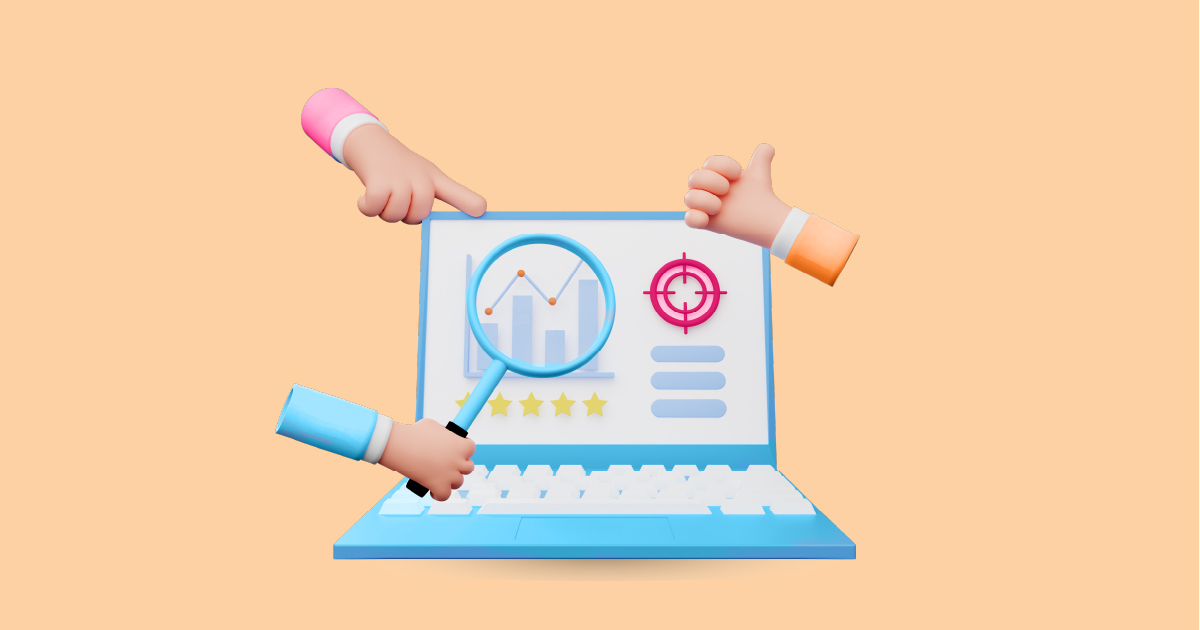In today’s digital age, social media is more than just a platform for socializing. It’s a powerful tool for businesses, brands, and individuals to understand their audience, manage their reputation, and stay ahead of the competition. That’s where social media monitoring comes into play. By keeping a close eye on what’s being said about you or your business online, you can gain valuable insights, manage crises, and identify new opportunities. In this article, we’ll dive deep into the world of monitoring social media, exploring its importance, how it works, the best tools available, and much more.
What is Monitoring Social Media?

1. Definition
Social media monitoring is the process of tracking, analyzing, and responding to conversations about your brand, products, or industry across social media platforms. It involves collecting data from various sources to understand what people are saying and how they feel about your business.
2. Difference Between Social Media Monitoring and Social Media Listening
While social media monitoring focuses on tracking and responding to mentions and conversations, social media listening goes a step further. It involves analyzing the data collected to gain deeper insights into customer sentiment and market trends, helping to inform strategic decisions.
Why is Social Media Monitoring Important?
1. Understanding Audience Sentiment
One of the primary benefits of social media listening is that it allows you to gauge how your audience feels about your brand. Are they happy with your products? Are there any recurring complaints? Understanding these sentiments helps you improve your offerings and customer satisfaction.
2. Crisis Management
Social media can be a double-edged sword. While it can boost your brand’s visibility, it can also amplify negative feedback. By monitoring social media, you can quickly identify potential crises and address them before they escalate.
3. Competitor Analysis
Keeping an eye on your competitors’ social media activity can provide valuable insights. You can learn from their successes and mistakes, understand their strategies, and identify gaps in the market that your business can fill.
4. Trend Identification
Social media is a goldmine for spotting trends. By monitoring discussions and hashtags, you can stay ahead of industry trends, allowing your business to adapt and innovate continuously.
How Social Media Monitoring Works
1. Tools and Platforms
There are numerous tools available to help with social media listening. These tools collect data from various social media platforms, blogs, forums, and news sites.
2. Data Collection Methods
Most social media listening tools use APIs to collect data. They search for specific keywords, hashtags, or mentions related to your brand or industry. This data is then aggregated and presented in a user-friendly format.
3. Analyzing the Data
Once the data is collected, it’s analyzed to identify patterns, sentiments, and trends. This analysis helps in making informed decisions and crafting effective strategies.
Top Social Media Monitoring Tools
1. Hootsuite
Hootsuite is a popular social media management tool that also offers powerful monitoring features. It allows you to track mentions, keywords, and hashtags across multiple platforms.
2. Sprout Social
Sprout Social provides comprehensive social media monitoring and analytics. Its user-friendly interface and robust features make it a favorite among businesses of all sizes.
3. AIM Insights
AIM Insights offers advanced social media listening capabilities, including sentiment analysis and trend identification. It’s particularly useful for large enterprises.
4. Mention
Mention is a versatile tool that tracks mentions across the web in real-time. It’s ideal for monitoring brand reputation and engaging with your audience.
5. Google Alerts
Google Alerts is a free tool that notifies you when your specified keywords appear online. While it’s not as comprehensive as other tools, it’s a good starting point for basic monitoring.
Implementing a Social Media Monitoring Strategy
1. Setting Goals
Before you start listening social media, it’s important to set clear goals. Are you looking to improve customer service, manage your reputation, or identify new marketing opportunities? Having clear objectives will guide your monitoring efforts.
2. Choosing the Right Tools
Selecting the right tools is crucial for effective monitoring. Consider your budget, the platforms you want to monitor, and the features you need.
3. Identifying Key Metrics
Determine which metrics are most relevant to your goals. This could include the number of mentions, sentiment analysis, engagement rates, and share of voice.
Best Practices for Effective Social Media Monitoring
1. Regular Monitoring
Consistent monitoring ensures you don’t miss important conversations. Set up alerts and schedule regular check-ins to stay on top of things.
2. Engaging with Your Audience
Social media is all about interaction. Respond to comments, engage with your audience, and show that you value their feedback.
3. Adjusting Your Strategy
Social media trends and audience preferences can change rapidly. Be prepared to adjust your strategy based on the insights you gather from your monitoring efforts.
Common Challenges
1. Data Overload
With so much data available, it can be overwhelming to sift through it all. Use tools that offer filtering and sorting options to manage the information effectively.
2. Keeping Up with Trends
Trends on social media can change quickly. Regular monitoring and staying updated with the latest news can help you stay ahead.
3. Negative Feedback Management
Not all feedback will be positive. It’s important to address negative comments professionally and constructively. Turn criticism into an opportunity to improve.
Future Trends
1. Emerging Trends
As technology evolves, new trends in social media monitoring are emerging. These include the use of artificial intelligence and machine learning to analyze data more effectively.
2. Technological Advances
Advancements in natural language processing and sentiment analysis are making social media monitoring more accurate and insightful. These technologies will continue to shape the future of social media monitoring.
Conclusion
Monitoring social media is no longer optional; it’s a necessity for any business looking to thrive in the digital age. By understanding your audience, managing your reputation, and staying ahead of trends, you can leverage social media to your advantage. Implement the strategies and tools discussed in this article to enhance your social media presence and achieve your business goals.
For a hands-on experience and to see how advanced social media monitoring can benefit your business, request a demo from AIM Technologies today.
FAQs
What are the benefits of social media listening?
- Social media listening helps you understand audience sentiment, manage crises, analyze competitors, and identify trends. It provides valuable insights that can inform your business strategies.
How often should I monitor social media?
- Regular monitoring is key. Ideally, you should check your social media mentions and trends daily. Setting up alerts can help you stay updated without having to manually check constantly.
Can small businesses benefit from social media listening?
- Absolutely! Social media listening is beneficial for businesses of all sizes. It helps small businesses understand their audience, improve customer service, and stay competitive.
What’s the difference between social media monitoring and social media management?
- Social media monitoring focuses on tracking and analyzing conversations about your brand. Social media management involves creating and scheduling posts, engaging with followers, and managing your overall social media presence.
How do I handle negative feedback on social media?
- Address negative feedback promptly and professionally. Apologize if necessary, offer solutions, and take the conversation offline if appropriate. Turning a negative experience into a positive one can improve your brand’s reputation.




